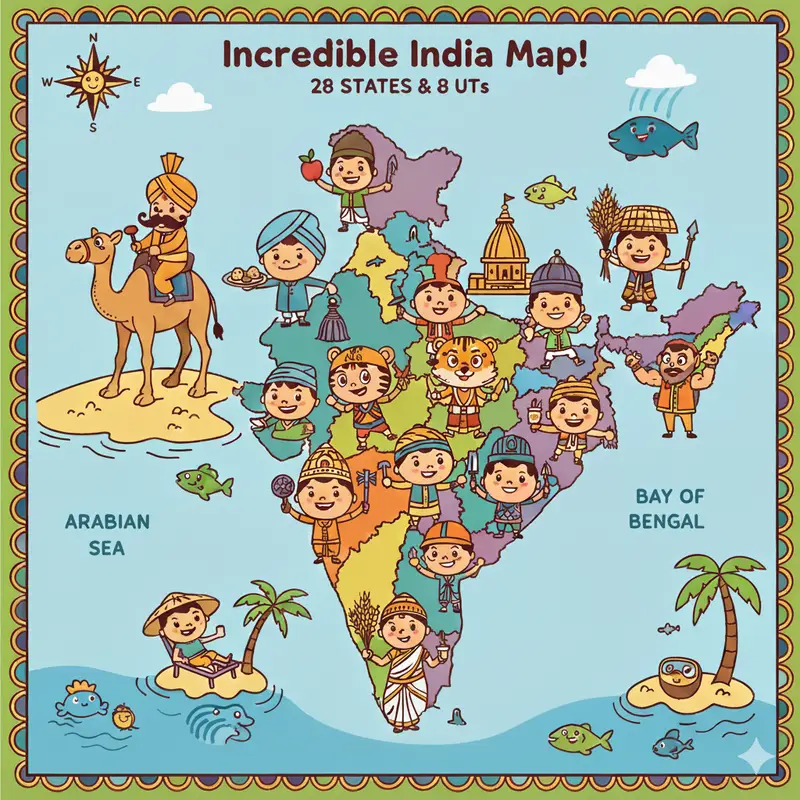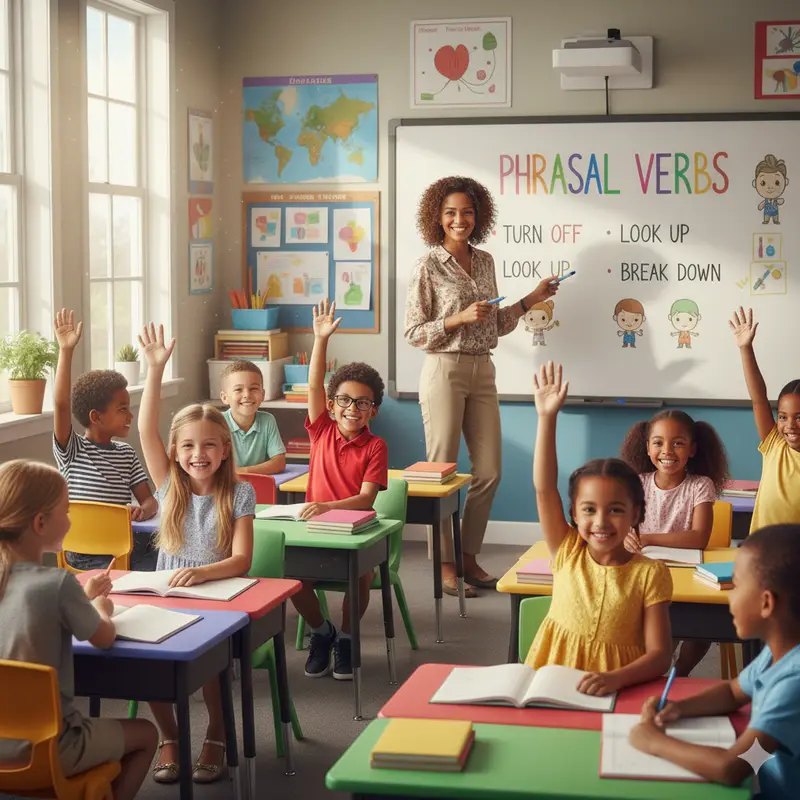20 Practice Questions: A Comprehensive Guide to Teaching Kids about Homophones
In the journey of language acquisition, mastering homophones is a crucial milestone for children. Homophones are words that sound alike but have different meanings and often spellings. Navigating through these linguistic nuances empowers children with a deeper understanding of language structure and enhances their communication skills. In this guide, we’ll explore effective strategies for teaching kids about homophones, accompanied by rules, examples, and a practice worksheet for flawless usage.
Why Teach Homophones?
Understanding homophones is fundamental for clear communication and proficient writing. By grasping the distinctions between words like “their,” “there,” and “they’re,” children can express themselves with precision and confidence. Moreover, proficiency in homophones cultivates critical thinking and linguistic sensitivity, laying a strong foundation for academic success and lifelong learning.
Strategies for Teaching Homophones:
- Contextual Learning: Introduce homophones in meaningful contexts, such as stories, poems, or real-life situations, to facilitate comprehension.
- Visual Aids: Utilize visual aids like charts, posters, or flashcards to reinforce the spelling and meaning differences between homophones.
- Interactive Games: Engage children in interactive games like crossword puzzles, word searches, or online quizzes to make learning homophones enjoyable and memorable.
- Word Play: Encourage word play activities such as tongue twisters or riddles featuring homophones to stimulate linguistic creativity and problem-solving skills.
- Modeling Correct Usage: Demonstrate correct usage of homophones in everyday conversations and writing, providing children with authentic examples to emulate.
Also read: 40 Homophones -Kids Should Know in Grade 1 and Grade 2
Rules for Mastering Homophones:
- Same Sound, Different Spelling: Homophones have identical or similar sounds but distinct spellings and meanings. For instance, “two,” “to,” and “too.”
- Part of Speech Variation: Homophones can function as different parts of speech. For instance, “bare” (adjective) and “bear” (verb).
- Etymological Origins: Some homophones have different etymological origins but have converged in pronunciation over time. For instance, “peace” and “piece.”
- Contextual Disambiguation: The meaning of a homophone is often determined by its context within a sentence. For instance, “I read a book” (past tense) vs. “I will read a book” (present tense).
Also read: Elevating Productivity: 5 Premier Netflix Shows For Children To Boost Learning And Fun
Examples of Common Homophones:
- There/Their/They’re:
- “There” refers to a place or location (e.g., “The book is over there”).
- “Their” denotes possession by a group (e.g., “Their house is beautiful”).
- “They’re” is a contraction of “they are” (e.g., “They’re going to the park”).
- To/Too/Two:
- “To” is a preposition indicating direction or purpose (e.g., “I’m going to the store”).
- “Too” means also or excessively (e.g., “I want some cake too”).
- “Two” is the number 2 (e.g., “There are two apples”).
- Your/You’re:
- “Your” indicates possession (e.g., “Is this your backpack?”).
- “You’re” is a contraction of “you are” (e.g., “You’re my best friend”).
20 Practice Questions: Homophones Mastery
Instructions: Fill in the blanks with the appropriate homophone from the given options.
- Can you see _______ dog over there? (they’re / their / there)
- Solution: Can you see their dog over there?
- I’m going to the store _______ buy some groceries. (to / too / two)
- Solution: I’m going to the store to buy some groceries.
- _______ is a spider crawling on the wall. (Its / It’s)
- Solution: It’s is a spider crawling on the wall.
- Please bring _______ umbrella; it’s raining outside. (your / you’re)
- Solution: Please bring your umbrella; it’s raining outside.
- _______ going to bake cookies for the party. (We / Wee / We’re)
- Solution: We’re going to bake cookies for the party.
- Can you pass _______ the salt, please? (they’re / their / there)
- Solution: Can you pass me the salt, please?
- She loves _______ dog very much. (here / hear)
- Solution: She loves her dog very much.
- I have _______ tickets for the concert. (to / too / two)
- Solution: I have two tickets for the concert.
- _______ going to the park later. (We / Wee / We’re)
- Solution: We’re going to the park later.
- _______ cat is sleeping on the couch. (Its / It’s)
- Solution: Its cat is sleeping on the couch.
- Please bring _______ pencil; I forgot mine. (you’re / your)
- Solution: Please bring your pencil; I forgot mine.
- _______ going to miss the bus if we don’t hurry. (We / Wee / We’re)
- Solution: We’re going to miss the bus if we don’t hurry.
- Can you see _______ bird in the tree? (there / their / they’re)
- Solution: Can you see the bird in the tree?
- She is _______ sister. (there / their / they’re)
- Solution: She is their sister.
- _______ going to have a picnic in the park. (We / Wee / We’re)
- Solution: We’re going to have a picnic in the park.
- _______ dog is black with white spots. (Its / It’s)
- Solution: Its dog is black with white spots.
- I need _______ more minutes to finish my work. (to / too / two)
- Solution: I need two more minutes to finish my work.
- _______ going to the beach this weekend. (We / Wee / We’re)
- Solution: We’re going to the beach this weekend.
- Can you hand me _______ book from the shelf? (there / their / they’re)
- Solution: Can you hand me that book from the shelf?
- _______ going to bake a cake for Grandma’s birthday. (We / Wee / We’re)
- Solution: We’re going to bake a cake for Grandma’s birthday.
These questions and solutions should aid in reinforcing understanding and usage of homophones.
Conclusion: Empowering children with the knowledge of homophones is a gift that enriches their language skills and fosters clear communication. By implementing the strategies outlined in this guide and practicing with the provided worksheet, parents can nurture their child’s linguistic proficiency and pave the way for academic and personal success.
Unlock the potential of language mastery today, and watch your child’s communication skills soar to new heights!



